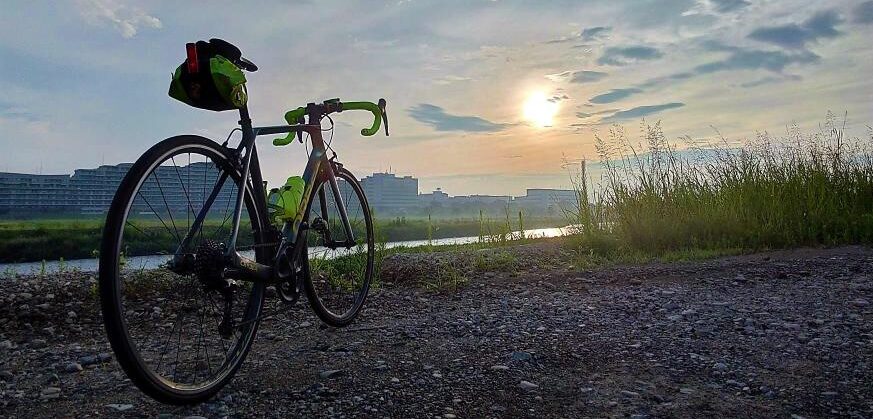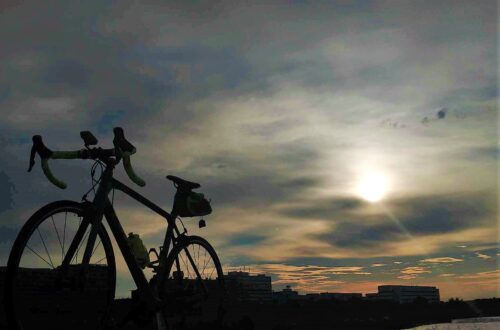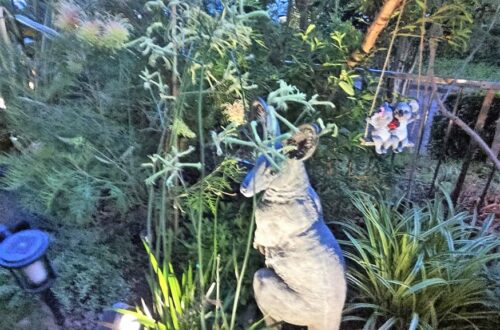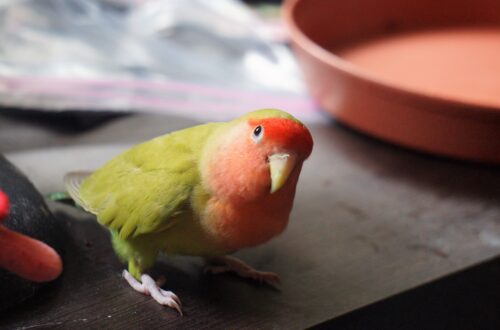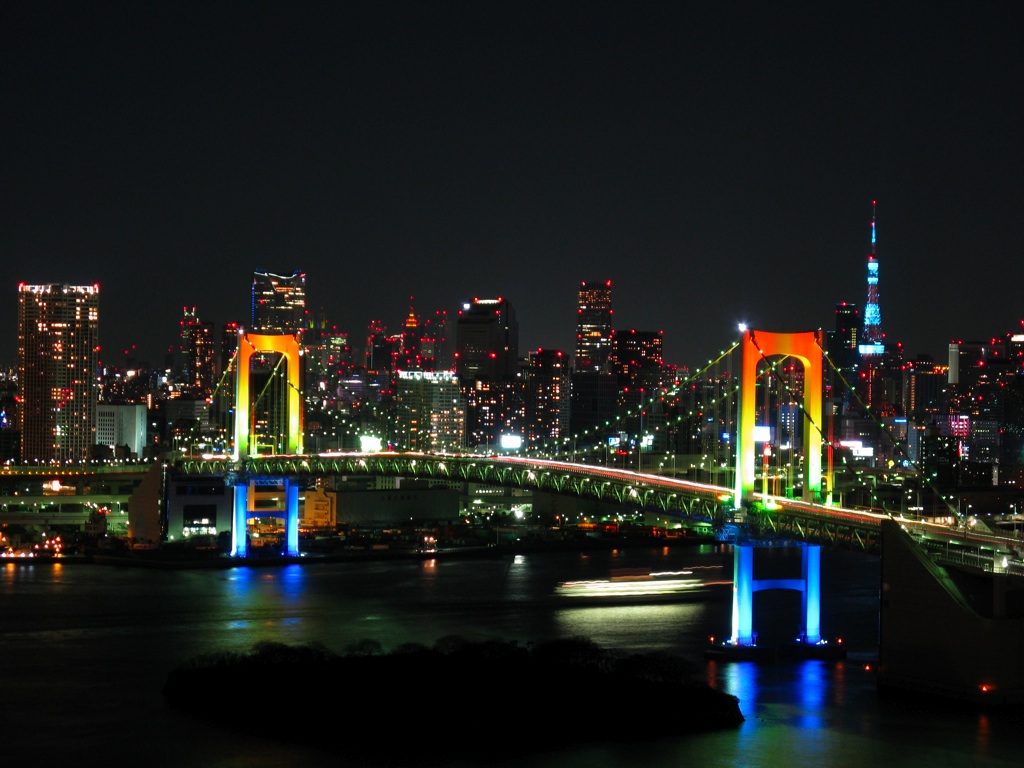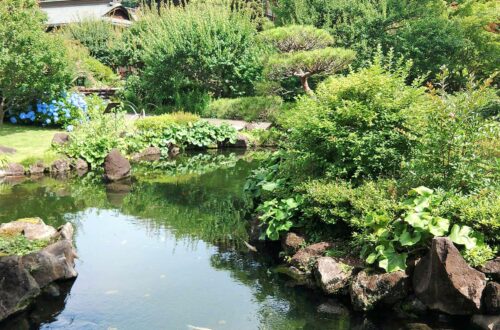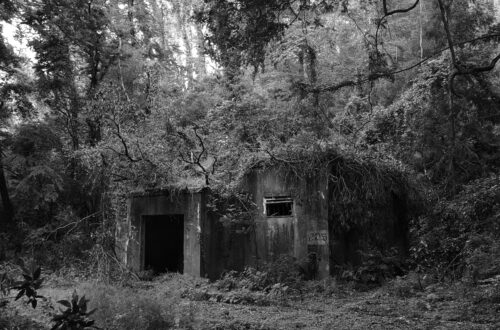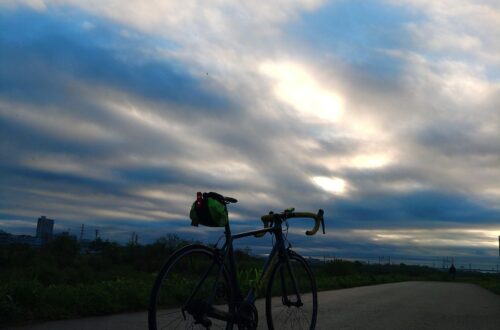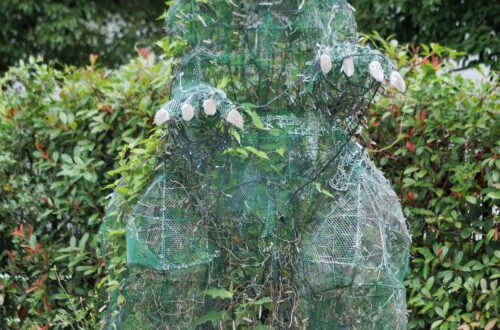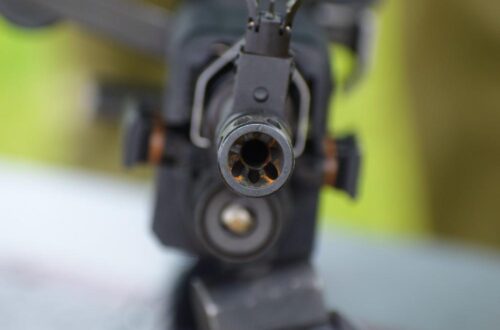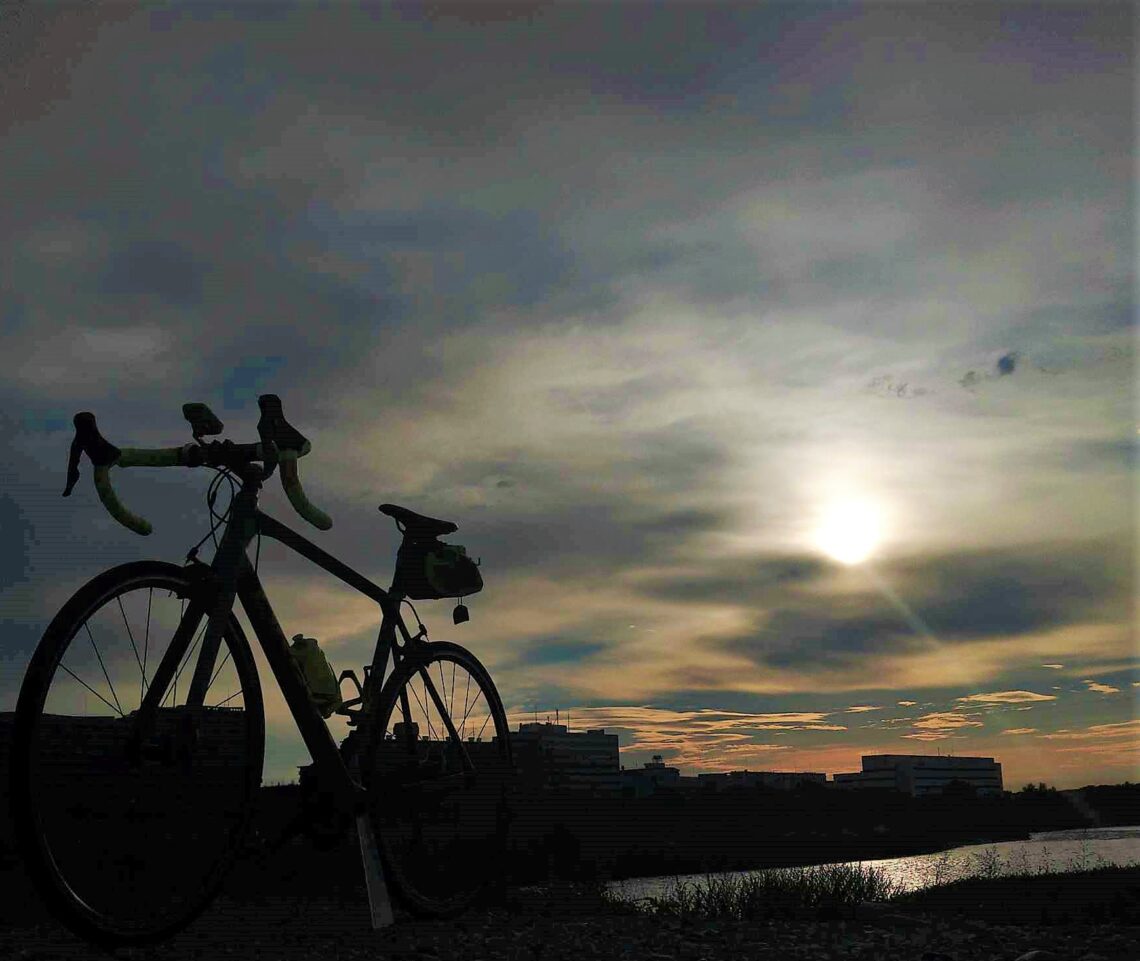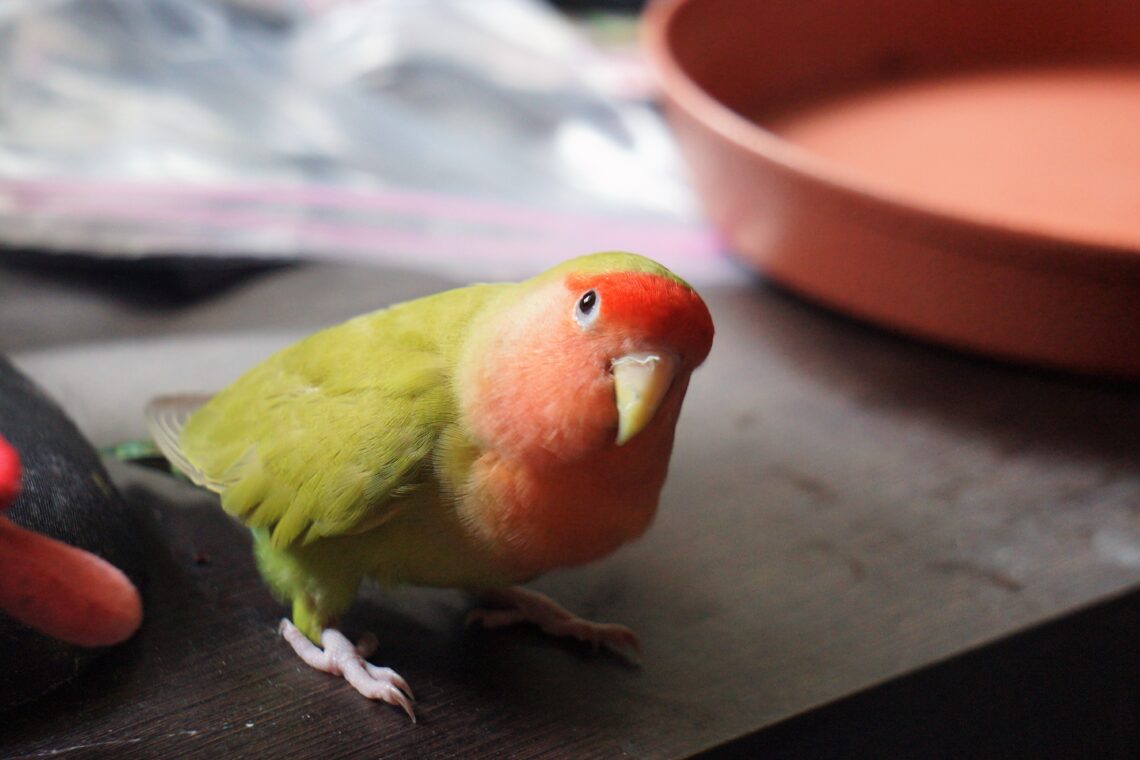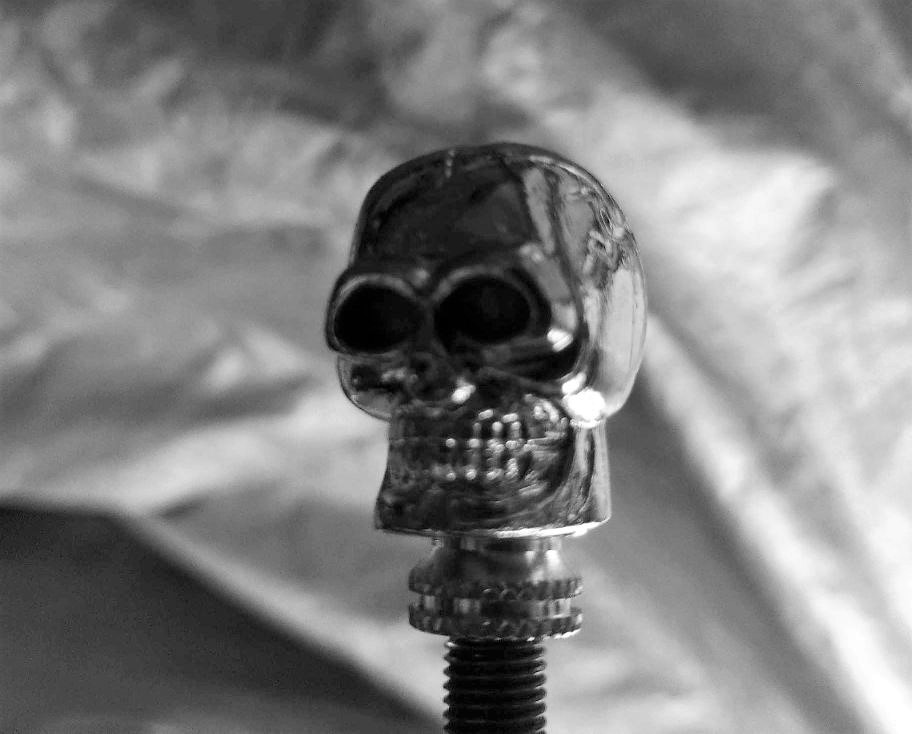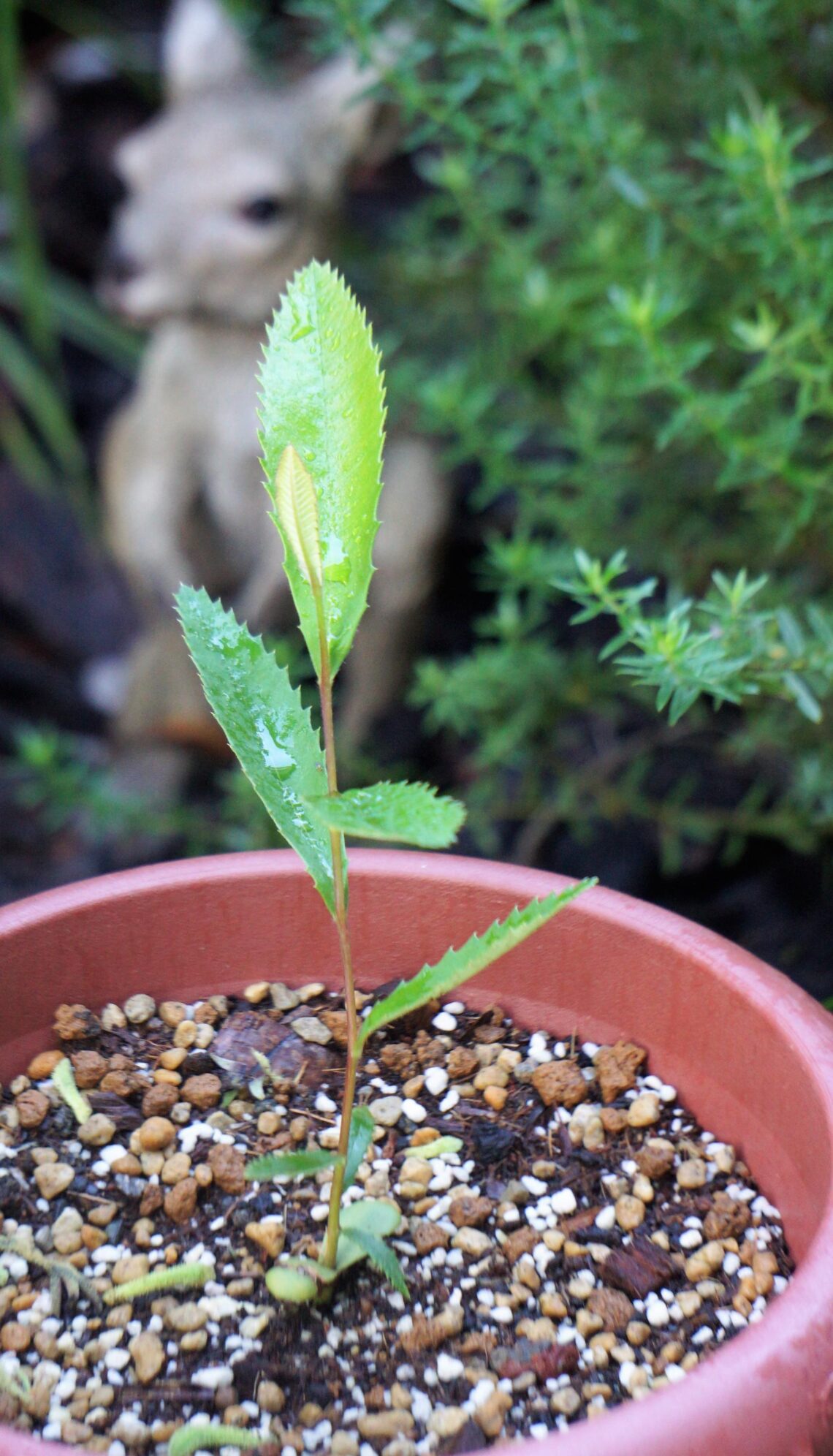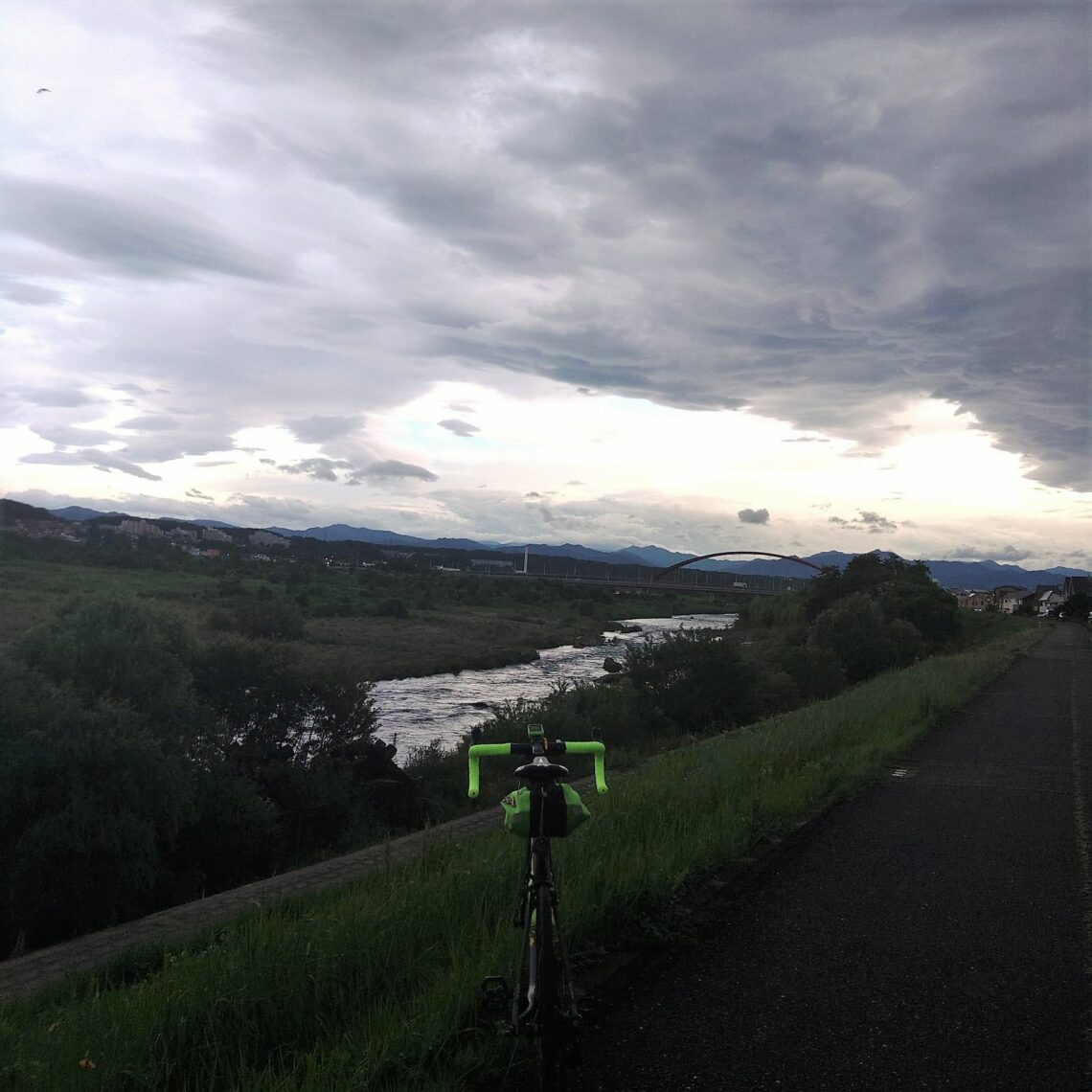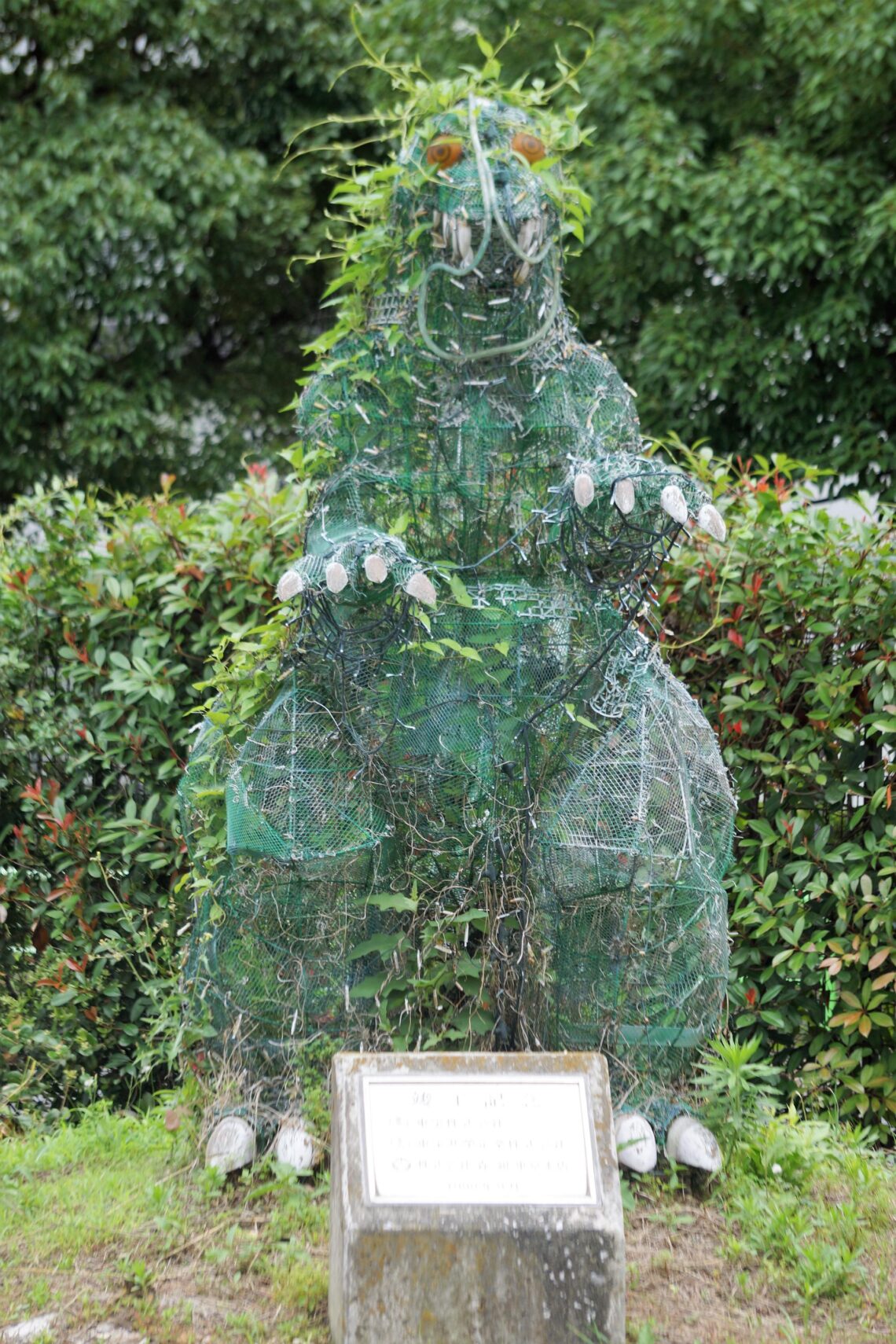It’s getting darker in the mornings, already much more noticeably than before the equinox, which was still less than a month ago. But there is some sort of light on the horizon, literally and figuratively. Although we haven’t seen much of it this week, the sun shines over the horizon at certain photogenic points along the Tama River, enabling some pretty impressive photo opportunities. For an instant, too, it seemed like the long wait for new hope on the career front had finally arrived, too, but it doesn’t seem to have turned out how I had sought. But the rainy…
-
-
For various reasons, I got to look at YouTube for the first time in years this morning and, by sheer coincidence, got to see a video captured exactly 10 years ago to the day. The footage came from a fire that had broken out on the spectacular Rainbow Bridge, which links the Tokyo mainland (well, another reclaimed section) with the artificial island of Odaiba. I was working in the Yokoso Rainbow Tower, an exceptional work of architecture that reflected the flavor of the then-recently burst economic bubble when it was completed in 1995. I’d just finished my lunch break and…
-
I had no idea until yesterday, but for years I have been living quite close to Totoro, a Shinto kami made globally famous through Hayao Miyazaki‘s utterly delightful 1988 animated movie, My Neighbor Totoro. OK, so it’s not the real forest-protecting spirit as depicted by STUDIO GHIBLI, but the topiary sculpture is wonderful. It’s a work that I’m pretty sure is unauthorized by Suzaki, a gardening company in the Tokyo suburb of Kokubunji. A cycling buddy posted photos of Totoro on social media yesterday, and with only a couple of pre-dawn hours available for anything today due to home requirements,…
-
Today’s ride was bland and mundane, which made it pretty much ideal, but the sunrise did throw some color and spectacular skies in there to make for some amazing scenes. The mornings are already darker and I need to wait until about 4:30 a.m. to be assured of a ride in complete light where it had been light at 4 a.m. less than a month ago. It always seems the light disappears faster than the darkness. But I am glad to have the light in place anyway. Better light also allows for ease of riding. And I got to look…
-
It’s been bloody hot the past few days, but I’ve been mostly stuck inside trying to keep up with the onerous demands being laid on me to try to get me to quit. I managed to slip in a couple of rides along the Tama River today, though, and it was totally worth it. Mrs. Kangaeroo also proved today that not only is she as hot af, which has nothing to do with the temperature, she is also as cool af, even if her choice in men is a little skew-whiff. I need salvation, but at the moment, all that’s…
-
Today looks like it’s going to be all about Lazarus-like feats centered around reviving death in all sorts of ways. First there’s the Death Machine; the name I give to my recumbent bike because riding it always feels like it could be fatal with each ride. It needs a tune, new chain and brakes to get back to fighting fitness. Hopefully, this won’t lead to a chain-reaction effect requiring increasingly more parts and labor, as is often the case. That segues into dealing with another form of death: that of my career. I can’t find a job and it seems…
-
I got to untether the Beast today, and by that I mean I got my first real chance to ride a new bike, and as much as I want to say it’s named the Beast because it is an amazing ride (which it has actually turned out to be), the real reason is because getting it on the road was such as beastly experience. The Beast is intended to serve as my commuter and touring bike, replacing the Trek FX3 that suddenly fell apart almost a year ago now after many years of strong and reliable service. I’d just added…
-
It’s becoming increasingly obvious that we’re finally going to get a banksia flower in the garden. We’ve had a banksia in the garden from the outset, but yet to get a flower some three years down the track. And we’ve had plenty of troubles along the way. In addition to the coastal banksia we started with, we also bought a hairpin banksia last year. It was a ripper and we grew it in a pot. It withstood the blistering heat of the summer of 2023, but I planted it too early into the autumn and it withered and died. We…
-
It was already light when I woke at 4 a.m., but in lots of ways, it was also really dark, literally and figuratively. We had powerful winds carrying rain clouds over the Japanese capital, casting a bleak pall. But the winds also ensured the rain held off. And the YouTube algorithm picked up on a topic that touches a really raw nerve for me. I won’t write about it here because Mrs. Kangaeroo doesn’t want me to use this blog for nasty topics, but watching what came up on my feed left me feeling dark, bitter and resentful. Of course,…
-
On what was something of a strange weekend, perhaps the weirdest moment came when I got to come face-to-face with a green, as in made of plants, Godzilla. There’re plenty of Godzilla statues and effigies all over Tokyo, as I’ve reported before, and the rest of Japan, some life-sized, others tiny and plenty in-between and loving devoted to Japan’s most adored monster. In western Tokyo, where I live, the most famous example is probably the Godzilla statue outside the TOHO CO., LTD. studios near Seijogakuen-mae, which is a bit of a trip for me further out in the boonies. So,…
